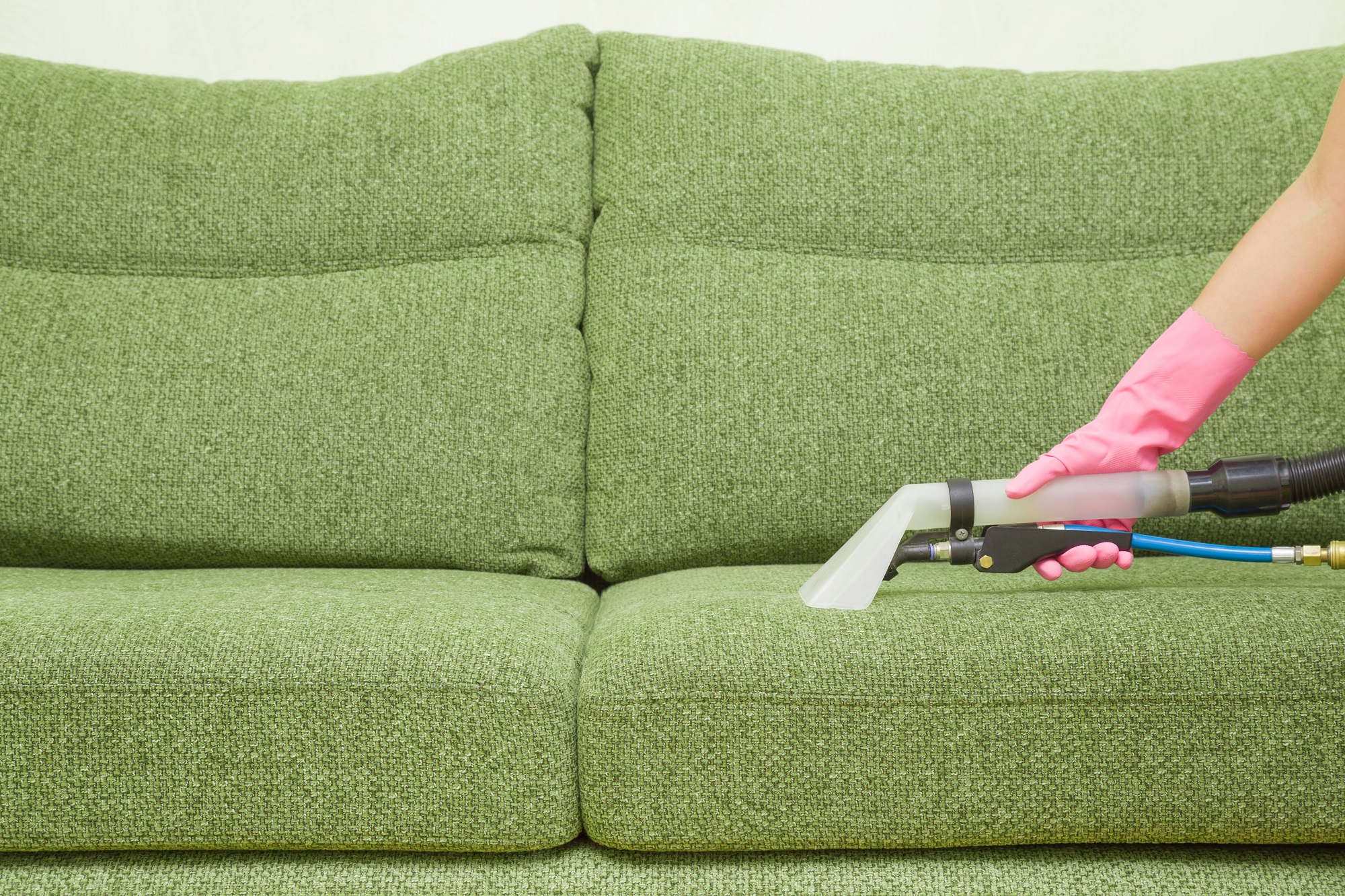
Curtain Walls: Uses and Functional Requirements This adaptability allows you to customize the look to match your home’s architectural style, whether traditional or modern. Curtain walls make this possible by providing unobstructed views of your surroundings, be it cityscapes or nature. Although the two are very similar in terms of appearance, it’s necessary to know the differences between the two, since budgets, installation spaces, and styles can differ.
- You can trust our professional service with our mature experience in different projects, like CYBERZONE in the Philippines, GLAS TOWER in the Philippines, and MOFP in Tanzania.Curtain wall systems diminish the penetration of UV rays into a structure’s internal space, which is a health benefit for the occupants of the building.When it comes to transforming your home, curtain walls offer a myriad of benefits that go beyond mere aesthetics.Curtain walls can incorporate various additional features, such as integrated sunshades, solar panels, or ventilated facades, enhancing the overall performance and energy efficiency of the building.When choosing a framing material for a curtain wall, steel vs. aluminum is almost always the debate.
Contact Us
Clear View Builders
Email: [email protected]
Phone: +19164205862
4913 Rio Linda Blvd
Sacramento, California, United States 95838
What Is A Curtain Wall In Construction
Sometimes people confuse or compare curtain walls with similar elements of a building’s envelope. Most curtain wall glazing is fixed, meaning that there is no access to the exterior of the building except through doors. However, windows or vents can be glazed into the curtain wall system as well, to provide required ventilation or operable windows. Thermal conductivity of the curtain wall system is important because of heat loss through the wall, which affects the heating and cooling costs of the building. On a poorly performing curtain wall, condensation may form on the interior of the mullions. Deflection in mullions is controlled by different shapes and depths of curtain wall members.System types
– Installers then lift the panel into position and secure it by placing mounting screws through openings in its edges. Glaziers then fit spacer beads between two adjacent windows using plastic wedges so as not to scratch or damage adjacent glass panels. It is recommended to consult with a reputable curtain wall manufacturer or contractor for expert advice and guidance throughout the installation and maintenance process. Curtain wall strength hinges on the rigidity of its vertical mullions and their secure anchorage to the building frame. Glazing beads and compressible materials further enhance resilience against wind damage by allowing panels to move independently within the system, minimizing stress on the overall frame. Fixed curtain walls, or stick curtain walls, are the most common type of curtain wall. A unitized curtain wall is an architectural system that combines the benefits of a curtain wall with the simplicity of a modular building system. They can provide expert guidance throughout the installation process, ensuring that the system is implemented correctly and in accordance with industry standards.Provide Architectural Flexibility
In terms of health benefits, curtain walls play a significant role by enhancing natural sunlight exposure. Curtainwalls are mainly used in skyscrapers and large commercial buildings as an outer shell or façade. They cover entire building façades or several floors and act as a climate barrier. Terracotta panels are made from natural clay, which is a sustainable and environmentally friendly material. These panels are typically available in a range of colors and finishes, providing architects and designers with greater flexibility in their design choices. The insulating layer of air between the outer and inner layers of glass helps to reduce heat transfer, leading to lower heating and cooling costs and improved thermal performance. Cable net curtain wall systems are a unique and innovative option for building design, offering a distinctive look that is ideal for high-end commercial and residential projects. These systems feature a network of steel cables that are tensioned to support large glass panels, creating a visually striking and intricate design. Semi-unitized curtain wall systems are a hybrid of stick-built and unitized systems, combining the efficiency of unitized construction with the flexibility of stick-built installation. These systems typically consist of pre-fabricated panels that are designed and manufactured off-site, but are assembled on-site using a combination of pre-fabricated and site-built components. Overall, curtain wall construction is a modern and innovative approach to building envelopes. Thermal loads are induced in a curtain wall system because aluminum has a relatively high coefficient of thermal expansion. This means that over the span of a couple of floors, the curtain wall will expand and contract some distance, relative to its length and the temperature differential. This expansion and contraction is accounted for by cutting horizontal mullions slightly short and allowing a space between the horizontal and vertical mullions. In unitized curtain wall, a gap is left between units, which is sealed from air and water penetration by gaskets. Vertically, anchors carrying wind load only (not dead load) are slotted to account for movement. 